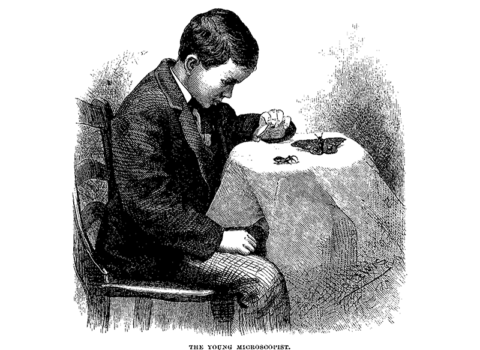A Sad Heritage
"It seems that the idea of giving any real help to black people put at a disadvantage by American history takes second place to eradicating that same tarnished history’s embarrassing representations."
The violent events in Charlottesville this summer have revived debates about the persistence of racism in the United States, the motivations of the “heroes” who fought on the side of the Confederacy, and the justifications for the prospective removal of hundreds of monuments and sculptures that celebrate the losing side in the American Civil War. This absorbing subject merits the attention of all Americans, including lefty journalists like me. So let’s review the sorry record of racial inequality in the United States and the legacy of slavery.
According to the United States Census Bureau, 23.9 percent of African Americans are living below the poverty threshold, compared with 11.6 percent of the white population.
In a country where home ownership is sacred, 42.3 percent of black citizens own their own homes, as opposed to 72.2 percent of whites.
For the most unfortunate occupants of real estate, the percentages are reversed: 2.3 percent of blacks live in prison, whereas .04 percent of whites are obliged to reside there. African Americans make up 13 percent of the overall population and represent 40 percent of the incarcerated population; white Americans, 64 percent of the entire population, account for 39 percent of prisoners.
The 2016 unemployment rate for black Americans was 10.1 percent, compared with 4.9 percent for whites.
The median annual income for a black American in 2016 was $38,555; for a non-Hispanic white American it rose to $63,155.
Among blacks, the infant mortality rate (number of deaths per every 1,000 live births) in 2014 was 10.9 percent, as opposed to 4.9 percent among whites.
The percentage of people who were born into the lowest income quintile and who remain in the bottom fifth once they become adults is 54 percent for blacks versus 31 percent for whites.
According to a report from the Economic Policy Institute, the current wage gap, measured in terms of the average hourly pay for blacks and whites, is at 26.7 percent and rising; in 1979, it was at 18.1 percent.
Had enough? Are you convinced that there’s a systemic problem? That everything’s been stacked against black Americans from the start?
We’re familiar with the analysis offered by a great many intellectuals on the right: Blacks are the victims of excessive governmental intervention and too many social subsidies. The protection afforded them by the state has made them lazy. Welfare destroys black families. And so on and on. And then, lo and behold, Charlottesville erupts. An excellent opportunity for the left to reply to the right, no?
Apparently not. The liberal left, as usual these days, favors symbolic gestures over concrete proposals. I hear people everywhere shouting that this or that statue of General Robert E. Lee must come down, but nowhere do I hear people react to racist demonstrations by calling on the government to raise the federal minimum wage. Neo-Nazis and Donald Trump’s equivocal and ignorant words in their defense have been roundly denounced throughout the land, but there’s been total silence about improving the public schools in black neighborhoods. It seems that the idea of giving any real help to black people put at a disadvantage by American history takes second place to eradicating that same tarnished history’s embarrassing representations.
And so we live in a hall of political mirrors where the weakest victims of the spectacle are bound to end up aggravated and frustrated. Can anyone seriously think, for example, that replacing General Lee’s three-dimensional image in Charlottesville by a two-dimensional picture of Harriet Tubman on the twenty-dollar bill is going to be a game-changer for a young, uneducated, unemployed St. Louis man subject to harassment by the police?
Fifty years ago, Martin Luther King used metaphors drawn from the Bible, but he never played with meaningless symbols. On one day he’d put his body on the front line, physically confronting high-pressure firehoses and armed policemen; on another, he’d march side-by-side with striking garbage workers. He never resorted to the kind of banal rhetoric broadcast non-stop on the MSNBC television channel, which speaks for the reactionaries of the Clinton/Obama Democratic Party. Bill Clinton, for his part, famously lowered welfare payments to poor black mothers in the 1990s, invoking such concepts as “reform” and “legitimate” work. As for Barack Obama, he notably failed in his not-very-energetic efforts to boost the federal minimum wage from its current, ludicrous level of $7.25 an hour, a raise that would have meant a small step forward for a working underclass dominated by African Americans.
I’m not saying that a monument erected in honor of Stonewall Jackson should stand in a public square and affront the descendants of slaves. But I’d like the black worker who helps demolish that statue to be well paid, to have been educated in a good public school, and to have access to free medical insurance. History demands it.



